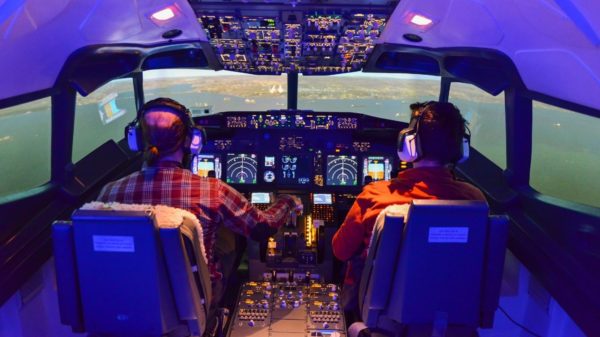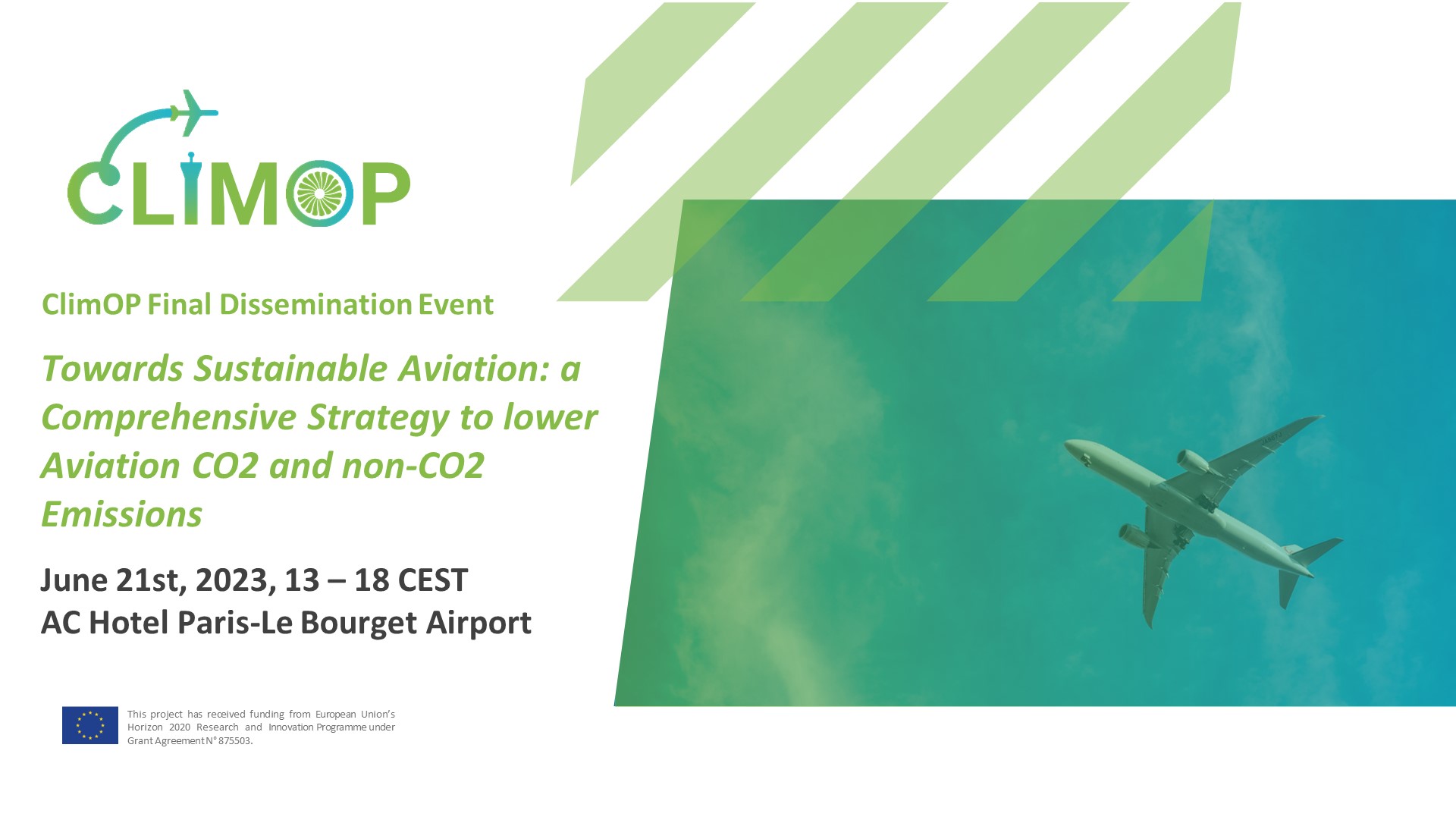The Aerospace Research Center (ITU ARC) is a research centre of the Istanbul Technical University aiming to reduce the climate impact of aviation. In 2006, ITU ARC founded the Controls and Avionics Research Group, a team of researchers that focus on topics such as:
- air traffic management and control,
- flight-deck decision support systems,
- data analytics in air transportations systems,
- ATM Network models and stability control,
- flight controls and management systems,
- calculating strategies for aircraft emissions in civil aviation operations,
- non-linear flight controls for agile manoeuvring,
- group coordination of unmanned air vehicles,
- integration of unmanned aerial vehicles into the NAS.
From its foundation, the Aerospace Research Centre operated in different segments of the air transportation systems. There, they shaped their ability to evaluate problems and deliver mathematical models for different components of the ATMs. Now, thanks to their consolidated expertise, ITU ARC is helping ClimOP to understand the stakeholders’ impact of the selected operational improvements.
ITU Controls and Avionics Research Groups’ acknowledgements
Shortly after its foundation in 2006, ITU Controls and Avionics starts to show its capability in the sector. Indeed, already in 2009, the research group successfully launched ITUpSAT I, the first satellite of a Turkey University. Initially expected to last 6 months, the satellite is still gravitating around the globe. After this successful project, the laboratory designed the first commercial avionics systems of an indigenous light commercial helicopter.
Moving through the last ten years, ITU ARC delivered several commercial works completed within their lab. There, they developed a full flight mission simulator, micro-avionics systems for UAVs, and various autonomous air vehicles.
Furthermore, ITU’s laboratory houses a complete FNPT II level Boeing 737-800 NG flight simulator. An advanced tool for flight deck automation and avionics research, that includes pilot decision support systems. Being tied to an ATM simulator, this systems can provide approach and en-route control stations too. Further, the simulator can playback and generate air traffic scenarios involving real and virtual aircraft.
ITU is part of various local and international research projects such as the FP7, H2020 SESAR, TUBITAK (The Scientific and Technological Research Council of Turkey) and SANTEZ (Turkish Industry and Technology Ministry Project). Beyond research projects, ITU partakes in industrial projects for BOEING, TURKISH AIRLINES, TAI, ASELSAN, and many other important firms.
ITU’s wide expertise on the ATMs is part of their contribution to ClimOP. With it, they are helping our Project to understand the impact that each operational measure have on this aviation sector.
Significant infrastructure and/or any major items of technical equipment regarding ATM
Beyond ITU’s experiences are placed their technical equipment. These place the Control and Avionics Research group among the most advanced aviation centres in Turkey.
Their FNPT II level Boeing 737-800 NG flight simulator is one of the most important equipments housed in ITU’s lab. Indeed, thanks to this advanced tool, ITU ARC is working on novel trajectory planning and collaborative decision-making algorithms to optimize aviation operations. Considering the on-time performance, fuel consumption and climate information, while developing the algorithms, enable this research team to identify those improvements that can reduce the climate impact of aviation.
Another relevant technical equipment housed in ITU ARC is their ATC simulator. This tool, united to a controller working position desk, enables advanced research on autonomous air traffic control algorithms and ATM decision support tools. As a matter of facts, using the real-world scenarios and realistic simulations is important to evaluate the impact an operational modification has on aviation.
Finally, the laboratory operates various ADS-B receiver antennas for real-time traffic data collection and analysis. Being a Premium member of FlightRadar 24, ITU ARC stores one of their ADS-B data collection nodes in Istanbul. Historical air traffic data collection is essential to analyse and understand the climate impact of aviation operations employed over years.
All the instruments housed in ITU’s laboratory are relevant resources to produce an actual evaluation that a specific operational improvement can have on climate.

Figure 1. B737 – 800 Research Simulator
Contribution of ITU to the ClimOP Project
ITU has given many contributions to the development of a greener aviation. By participating through all the ClimOP stages, ITU ARC is employing its infrastructures and expertise to identify the most-promising operational improvements to reduce the climate impact of aviation.
Through the years, ITU developed extensive expertise in modelling, simulation, and control of dynamic systems. These experiences allow ITU to contribute to the development of an assessment tool to evaluate the impact of ClimOP’s mitigation strategies. Once developed, this model will allow our project to evaluate the impact that each operational improvement has on climate and the aviation stakeholders.
ClimOP aims to propose operational improvements in the wide field of aviation to reduce its emissions. Operational improvements will be proposed by focusing on different stakeholders. For instance, while some improvements could be based on trajectory planning, others could be proposed focusing on airports. In this case, modelling environments are necessary to consider different air transportation systems.
ITU contributes to the assessment tool from two different aspects: modelling the airport-centric network of operations and focusing the operations on the trajectory level. The first platform is based on mathematical models of an air transportation network, and the associated flow patterns and delays propagation characteristics. The second aspect focuses on trajectory planning and traffic simulation using aircraft performance models, trajectory tracking algorithms, and optimization-based trajectory planning methods. As a result, the assessment tool will allow ClimOP to consider airport-centric capacity constraints during its process. As well as enabling the assessment of trajectory-based operational improvements.
In conclusion, ITU’s expertise in modelling and advanced infrastructures equipment are important resources to pursue ClimOP objectives. Together, we can aim for a greener future for the aviation sector.
If you want to know more about ITU, visit their official webpage at: https://arc.itu.edu.tr/




